How to avoid grainy photos on smartphones
What causes noise from smartphone cameras?
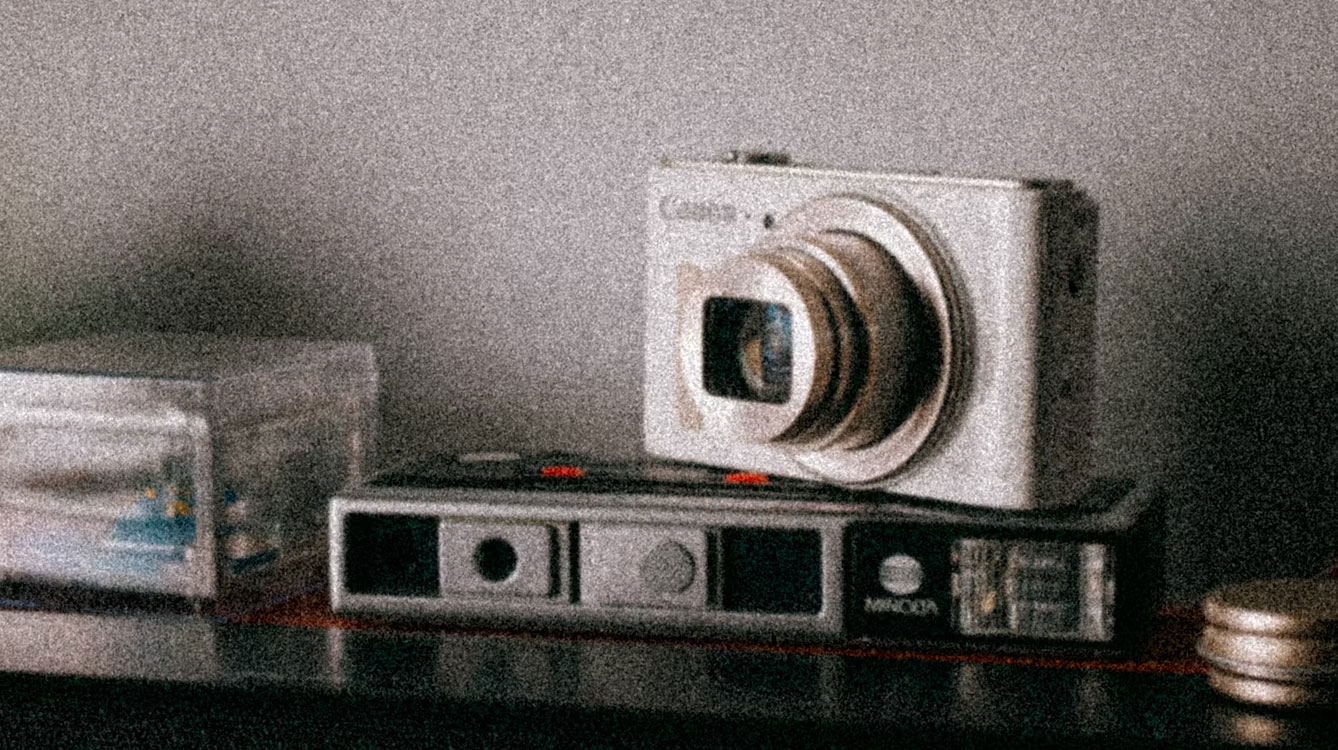
Smartphone camera sensors are really bad. Because the sensor size is so small, smartphones often have to use computational photography and software to make the image look the way they want it to, rather than using the image directly from the sensor.
This processing can often result in blurry details, over-sharpening, noise, and graininess. The grainy effect also doesn't look like what you get from a film camera, and is often less aesthetically pleasing. Of course, smartphones try to improve this every year, and even with every major update.
However, you don't always have to rely on buying a better phone or waiting for the next camera software update; you can always use these tips to avoid this phenomenon when shooting.
Improve lighting
No matter what kind of device you're using, taking photos is easier when there's plenty of light. The more light your phone's camera gets, the more information it can process and the less processing it has to do.
To make the most of ambient light, it's best to face your subject about 3/4 of the way toward the light source. This way, the light will hit your subject where your eyes are most drawn, and will provide the most detail where you want it.
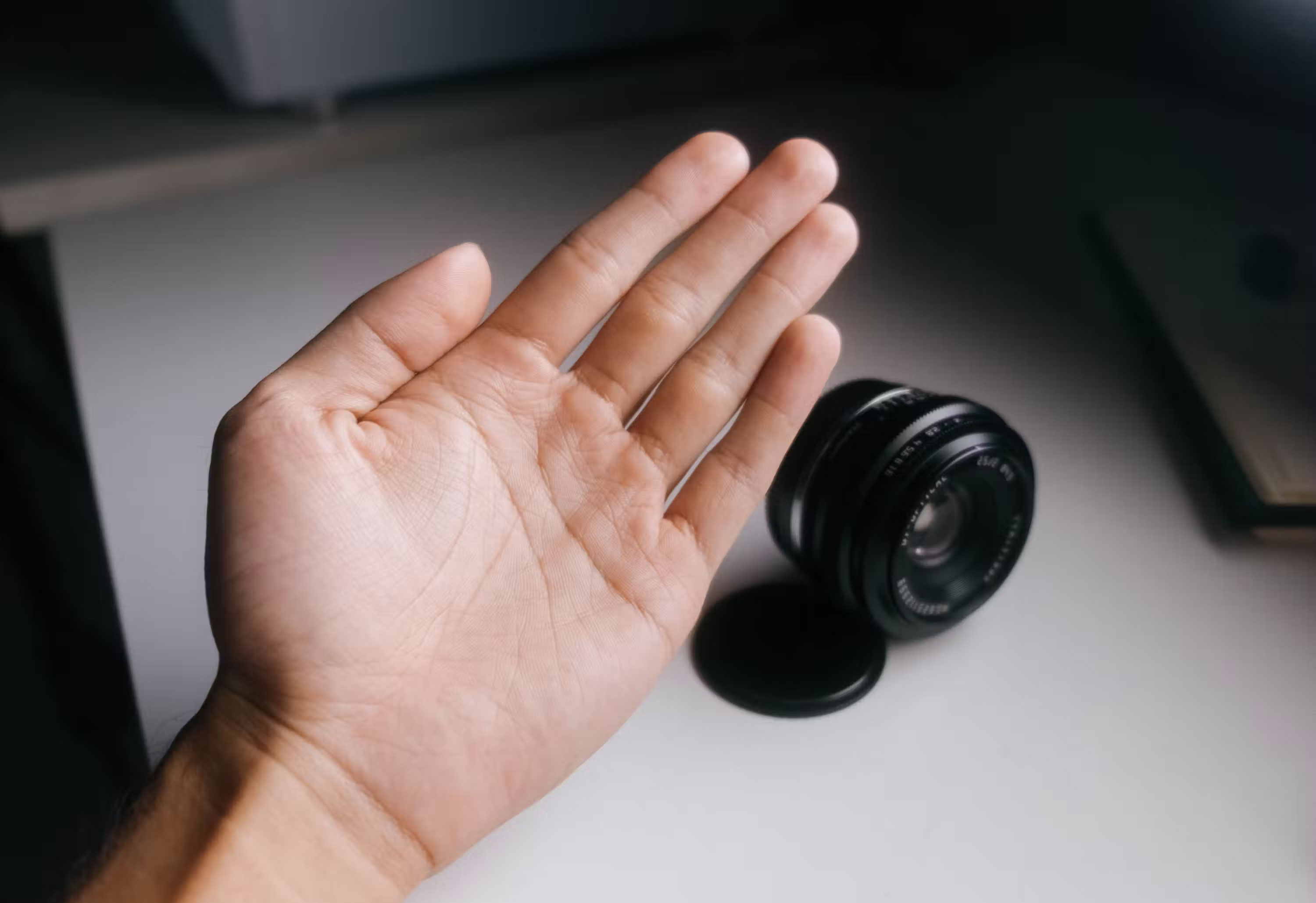
One trick to determine where the light source is pointing best is to use your hand. Hold your palm up in front of you and turn your body until your palm is nicely lit. You don't want the light to be directly on your palm as this tends to lose surface detail, a slight angle is great for portraits and detail shots.
While having lots of light is good, sometimes you also need to be careful with harsh lighting in your photos.
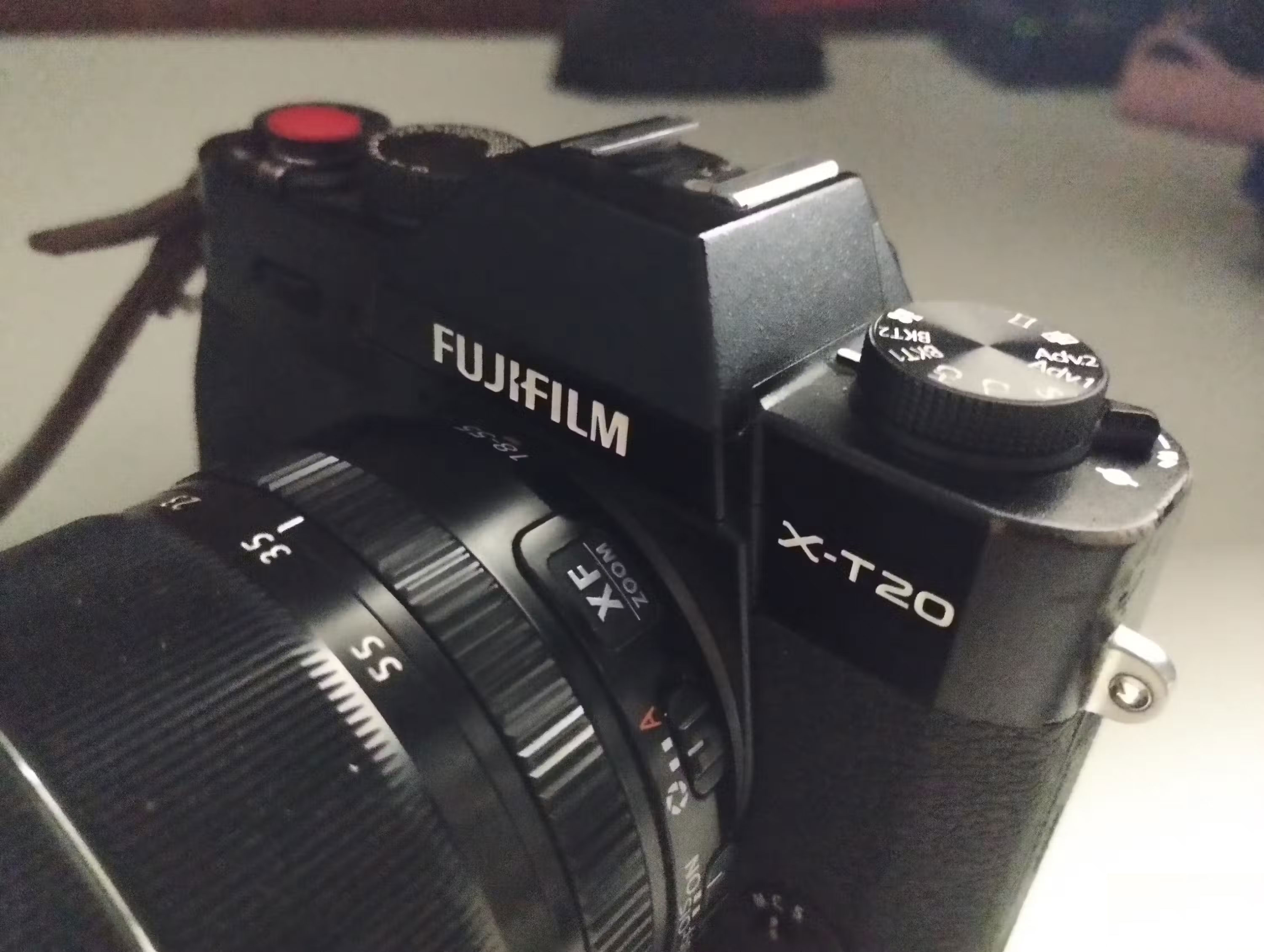
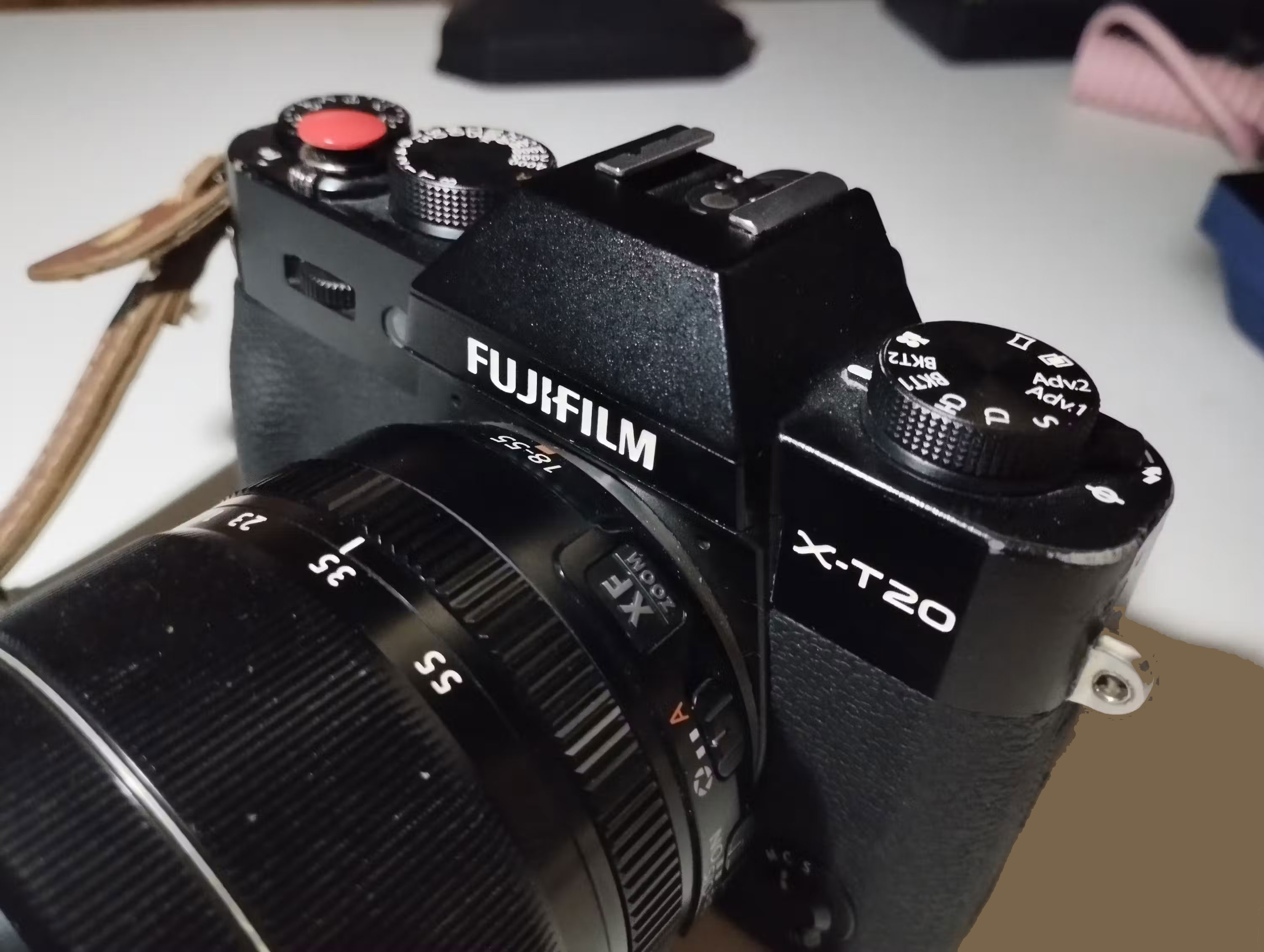
Reduce exposure
Reducing exposure is one of the quickest ways to reduce noise in a photo because you don't need extra light, extra features, software, etc. On most phones, you just tap the screen, then gently slide your finger down to reduce the brightness of the photo.
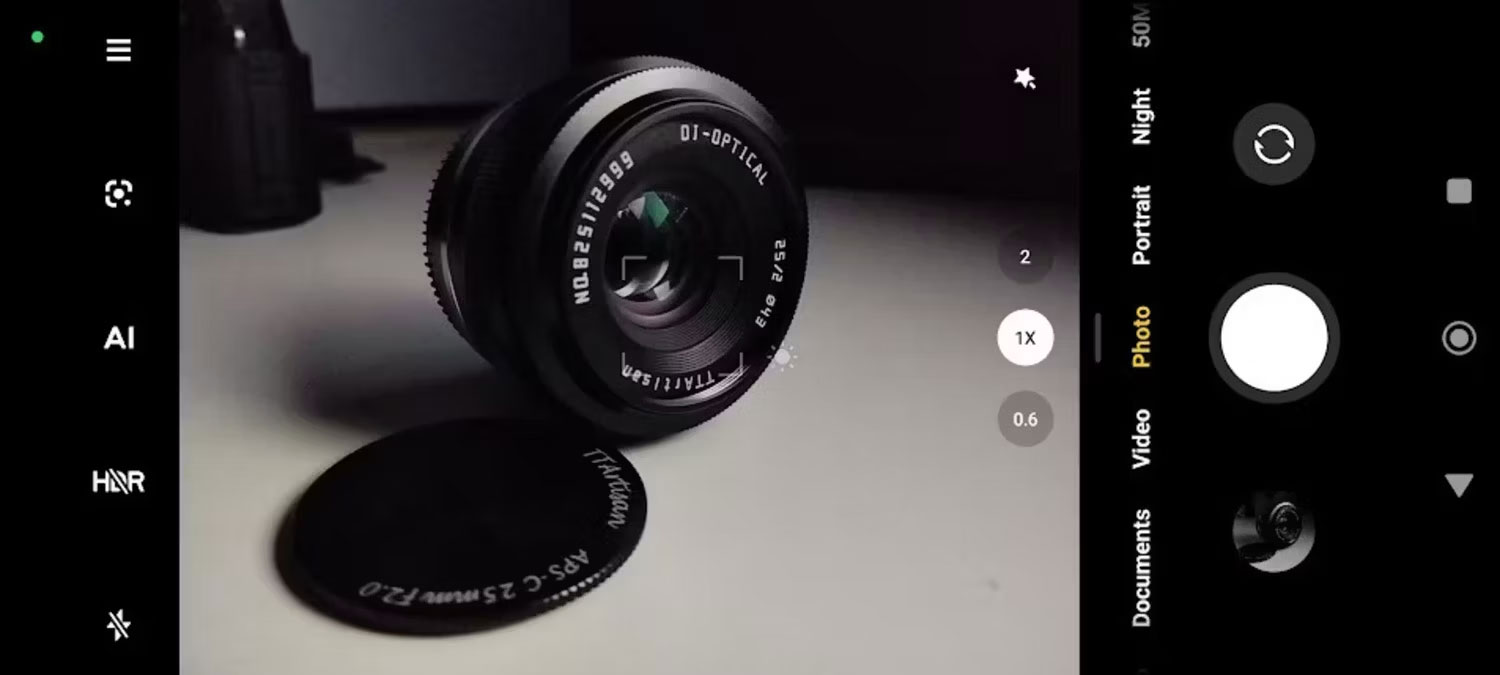
Reducing exposure may seem like a single action, but your phone is doing several things at once to reduce the brightness of the image. Since most phones have a fixed aperture, your phone is essentially doing two things; reducing the ISO and increasing the shutter speed. Reducing the ISO reduces image noise and increasing the shutter speed reduces motion blur.
Try Pro mode and lower the ISO
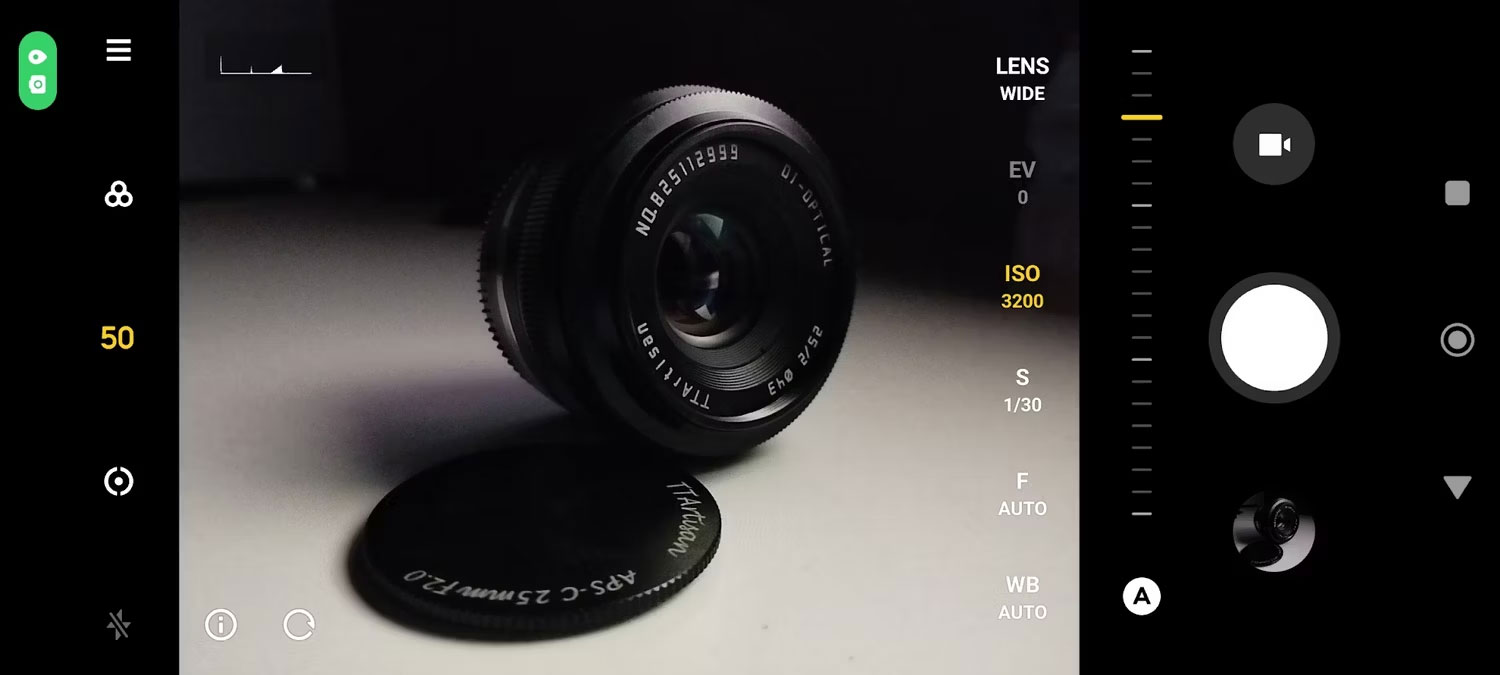
If you can't afford to darken your images, you can always get more control over your images by using Pro mode, or the equivalent manual mode if your phone has one. One of the many myths about smartphone photography is to always use Auto mode on your phone, but Pro mode in the hands of the right person can produce some great images.
Normally, this mode will allow you to choose shutter speed and ISO, along with other factors. However, shutter speed and ISO are the only two controls that directly affect exposure and noise.
To use manual mode to your advantage, set your ISO as low as possible to get as little noise as possible. You can then adjust the exposure by adjusting the shutter speed until the image is exposed the way you like.
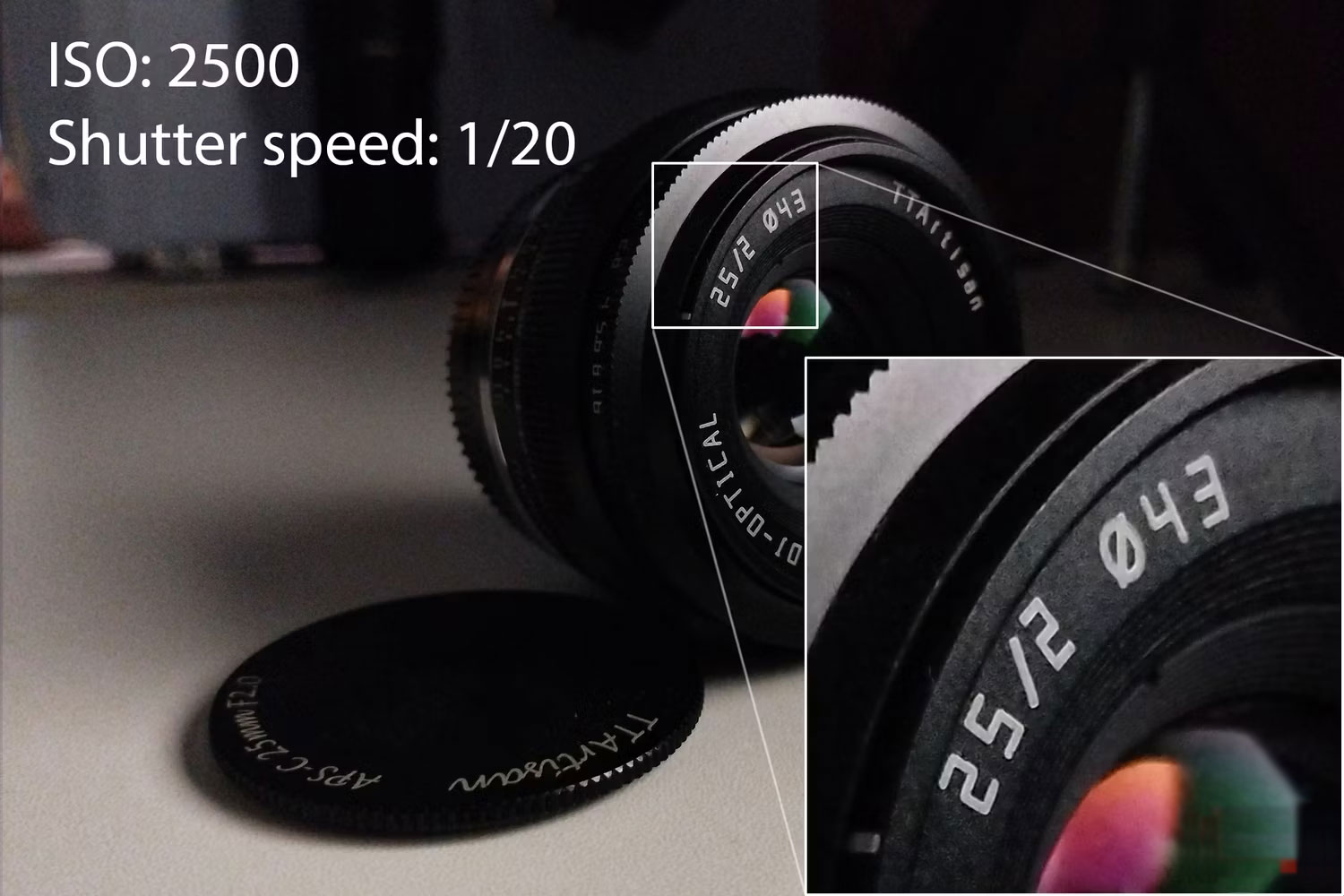
If you are shooting at shutter speeds slower than 1/20 second, it is best to use a tripod.
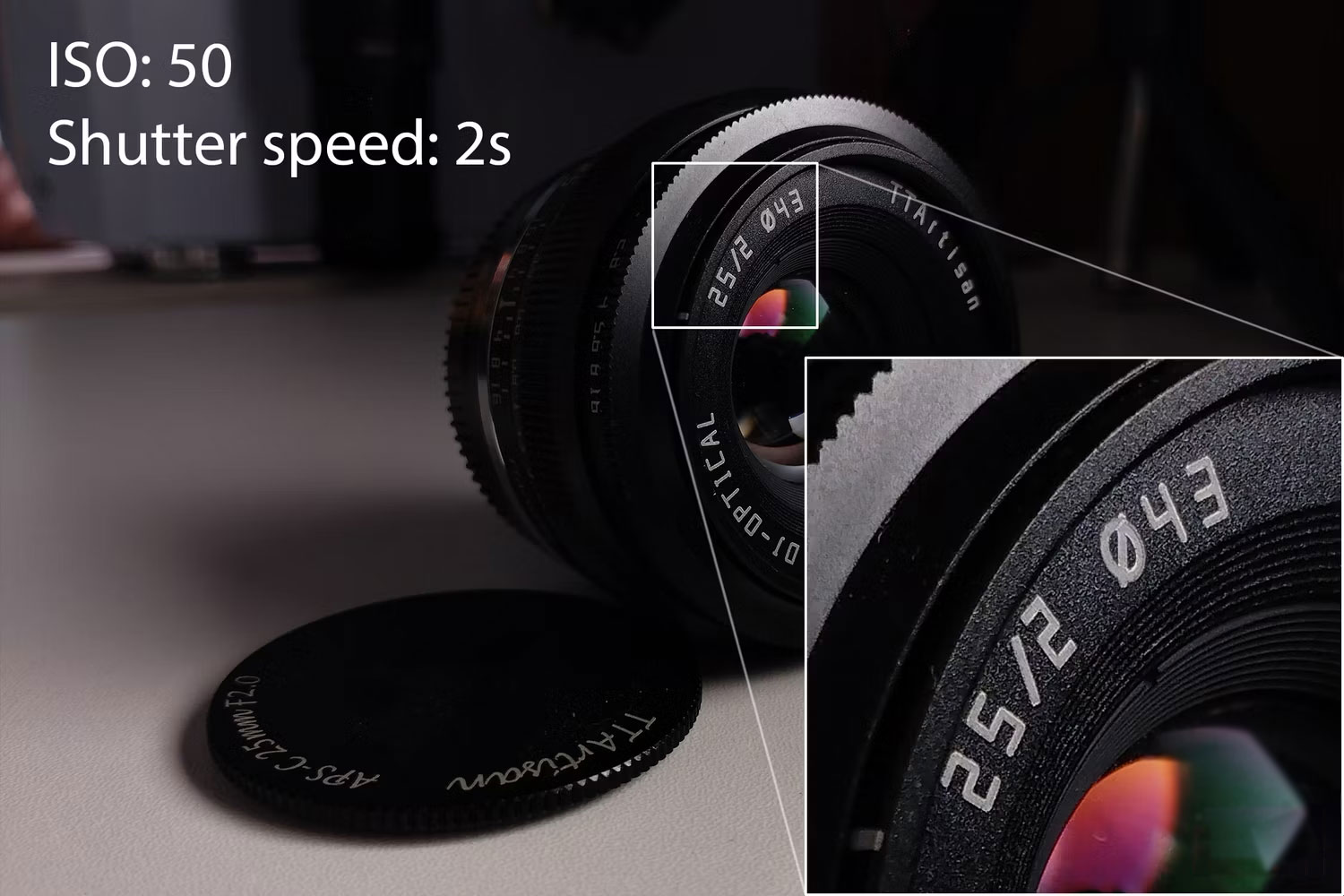
Use noise reduction software
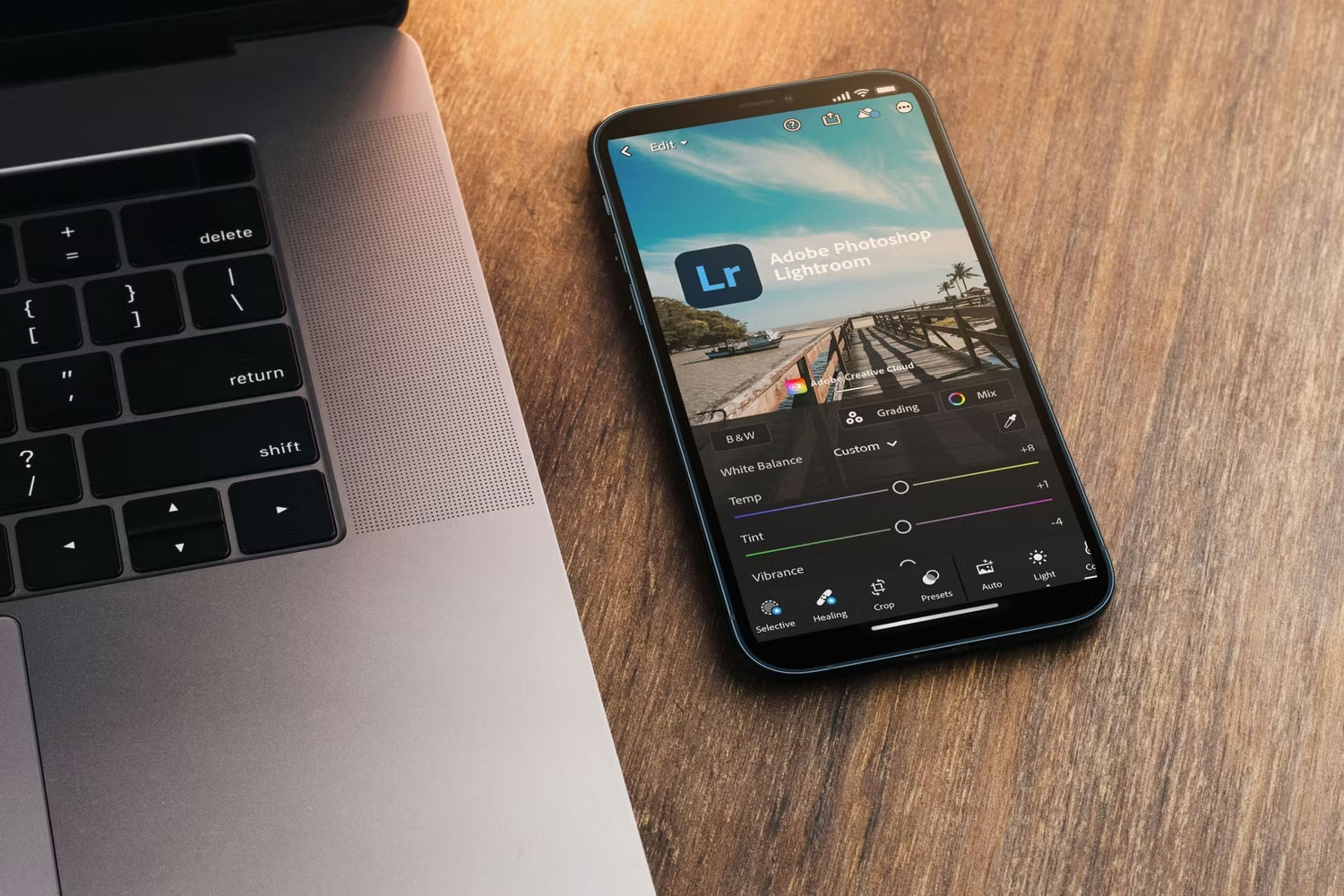
Sometimes it's just not possible to take a photo with noise. Instead of wishing you could make it better, you still have one more option: Post-processing.
You can use any photo editing software you like, but if you want an app for your phone, you can easily use Lightroom for mobile (available on Android and iOS). Lightroom for mobile has paid features, but the noise reduction slider is free for anyone to use.
Using noise reduction often softens other details in the image. However, you can recover some of that detail by using the detail slider that appears when you use noise reduction. While post-processing can do wonders, you shouldn't expect it to do the impossible. Some very noisy images will lose detail even when you use the detail slider with noise reduction.
It's best to make the image look as good as possible when you take it and only use software if absolutely necessary.
You should read it
- Top 6 best mobile photo printers 2019
- How to edit Live Photos on iOS 11
- The best photo compositing software on computers, iPhone, Android
- How to check if your Facebook photo is exposed?
- Summary of the most exclusive and exclusive Facebook cover photo
- 3 applications create scrapbooks for professional photos you've tried
- The most 'smart' photo in history, never seen again
- Some online photo resize services
May be interested
- The female engineer restores the photos on the iPhone even when Apple has 'bundled up'.
 according to an interview with the canadian cbc public broadcast network with jessa jones, the owner of the famous technology repair shop ipadrehab based in rochester, new york, users can still get back the photos. the image is stored inside a broken iphone, even if apple has given up.
according to an interview with the canadian cbc public broadcast network with jessa jones, the owner of the famous technology repair shop ipadrehab based in rochester, new york, users can still get back the photos. the image is stored inside a broken iphone, even if apple has given up. - Top fixes for common photo editing errors on smartphones
 these errors can ruin photos taken on your smartphone. refer to the article below to learn how to solve the mistakes people often make when taking photos with their phones.
these errors can ruin photos taken on your smartphone. refer to the article below to learn how to solve the mistakes people often make when taking photos with their phones. - Top 3 free apps to help avoid the most popular summer sunshine on smartphones
 after going to the beach, go swimming on a hot summer day and come home to realize that your skin has terrible sunburn. it takes a long time for the sunburn to recover. so how to avoid this situation.?
after going to the beach, go swimming on a hot summer day and come home to realize that your skin has terrible sunburn. it takes a long time for the sunburn to recover. so how to avoid this situation.? - Interesting and useful image processing applications on smartphones
 tipsmake - here are the image processing applications that should be available on users' smartphones to help optimize, improve the quality of photos, and create beautiful and equally funny effects on photos.
tipsmake - here are the image processing applications that should be available on users' smartphones to help optimize, improve the quality of photos, and create beautiful and equally funny effects on photos. - Top best photography smartphone in 2018
 below is the best smartphone photography chart of 2018 voted by dxomark, the world famous camera review page.
below is the best smartphone photography chart of 2018 voted by dxomark, the world famous camera review page. - Change these settings on your iPhone for stunning nighttime photos!
 iphone cameras have gotten a lot better over the years. these days, iphones take great night photos — but not by default. if your low-light shots look grainy or blurry, it's time to tweak your settings.
iphone cameras have gotten a lot better over the years. these days, iphones take great night photos — but not by default. if your low-light shots look grainy or blurry, it's time to tweak your settings. - The best 5 apps to delete photos on Android
 today, smartphones are a popular means of taking photos of amateurs. after a while, your device will become messy with the same or not-so-good photos. the article will introduce you to the 5 best duplicate photo removal apps on android.
today, smartphones are a popular means of taking photos of amateurs. after a while, your device will become messy with the same or not-so-good photos. the article will introduce you to the 5 best duplicate photo removal apps on android. - 10 best photography smartphones in 2023
 evaluation site dxomark has released a ranking of the best smartphone cameras as of december 25.
evaluation site dxomark has released a ranking of the best smartphone cameras as of december 25. - 4 reasons for blurry photos taken with smartphones
 what causes the image to blur / blur? dirty lenses are one of the culprits. the outer glass of the camera is exposed quite often to your fingers, so before you take a picture you should wipe the lens with a soft cloth to remove fingerprints or stains on it.
what causes the image to blur / blur? dirty lenses are one of the culprits. the outer glass of the camera is exposed quite often to your fingers, so before you take a picture you should wipe the lens with a soft cloth to remove fingerprints or stains on it. - How to write text on images, insert text on images on smartphones
 how to write text on images, insert text on images on smartphones today, many people use smartphones to take photos and compose them right on their phones. if you have beautiful pictures on your smartphone that you want to add text to your photos to share with you
how to write text on images, insert text on images on smartphones today, many people use smartphones to take photos and compose them right on their phones. if you have beautiful pictures on your smartphone that you want to add text to your photos to share with you










 Dominator 3, a modern storm chaser that can withstand winds of more than 516 km/h
Dominator 3, a modern storm chaser that can withstand winds of more than 516 km/h Here's What to Do Before Sharing an Excel Spreadsheet
Here's What to Do Before Sharing an Excel Spreadsheet 6 AI Photo Editing Tools Better Than Photoshop
6 AI Photo Editing Tools Better Than Photoshop Why Generative AI Shouldn't Be in Smart Home Devices?
Why Generative AI Shouldn't Be in Smart Home Devices? New iPhone 16 meme series, mixed reviews but hilarious
New iPhone 16 meme series, mixed reviews but hilarious Download the wallpaper pack exclusively for iPhone 16 and iPhone 16 Pro Max
Download the wallpaper pack exclusively for iPhone 16 and iPhone 16 Pro Max